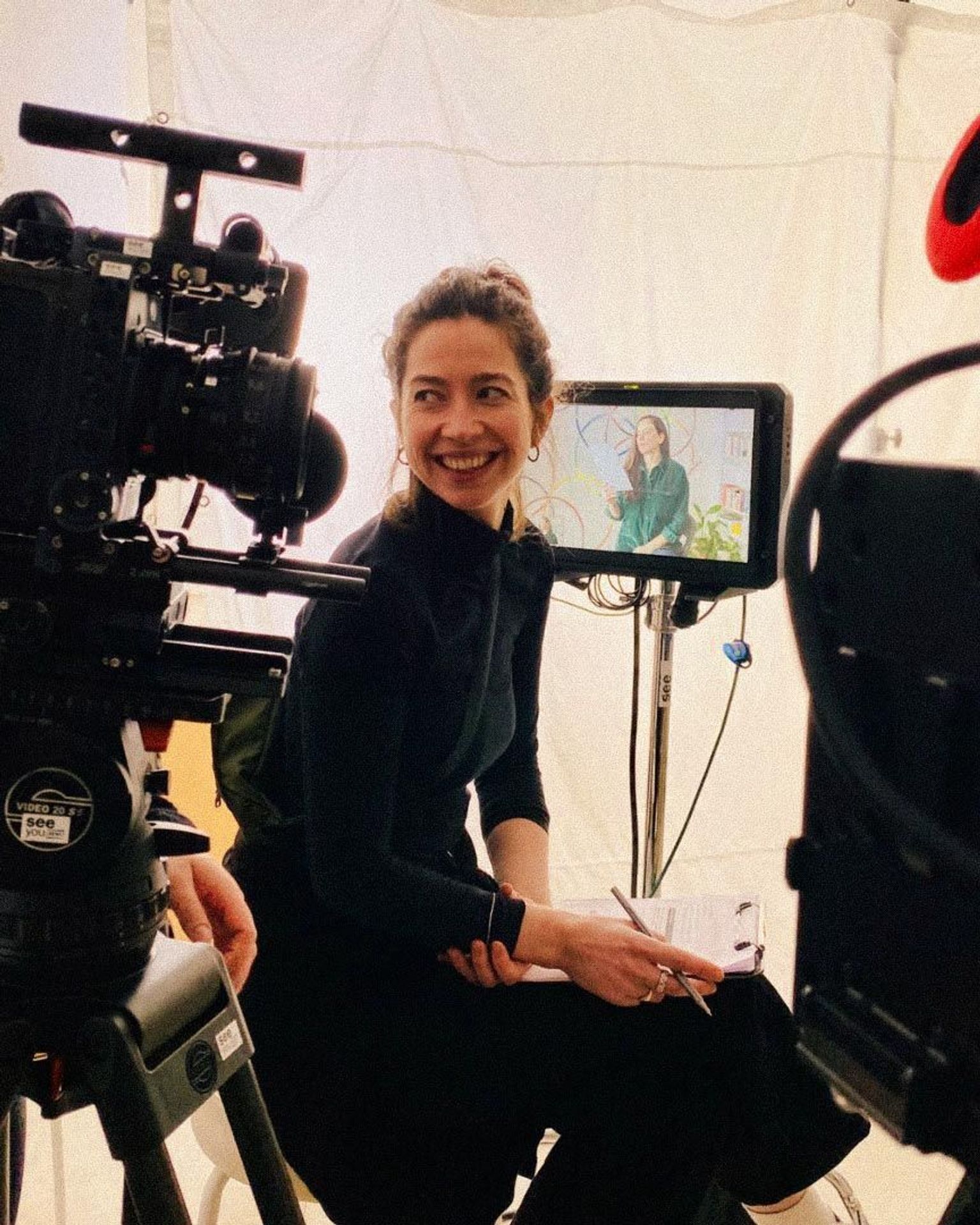Could you give us a little backdrop on Clue?
This profile on was part of the series which we have been producing for a number of years. Android pairs up with developers who are creating extraordinary app experiences on Android devices. This time it was Clue, an app which helps people with cycles to track their health.
What inspired you to produce an all-female-led production for Clue?
As Clue is a female-led company, we felt it was important to mirror this in the production team. In terms of in-house talent, I was working with producer Ana, our rising star assistant producer who was already a Clue user and therefore had an extremely useful familiarity with the app.
With Clue developer, Tilbe, based in Berlin, we looked for talented people to partner with on the ground. Immediately I thought of a producer/director I know who is based there - . Caitlin and I have worked together on a short film which Caitlin directed and I produced, a film which has played at many prestigious international festivals. I knew she was good - and I also knew she had a long standing collaboration with Berlin-based cinematographer . When it came to post production, I reached into my little black book again and approached , with whom I have also worked on a short film. Sakky’s studio is also in East London, making her a very local hire indeed.
On set with Caitlin McLeod & Antonia Lange
In your opinion, why is it important to have female representation both in front of and behind the camera?
Representation in general is important because our experiences are endlessly varied and specific. Therefore the stories we tell need to reflect this beautiful kaleidoscope of difference. In this case, it felt important to have a female led production team as a way of honouring the achievements of Tilbe and her colleagues at Clue who have carved out a place for themselves in a male dominated industry. The same can be said of the women we assembled working in production.
How can having a diverse group of women behind the camera impact the on-screen representation of women? What impact did it have on this film?
Having a diverse group of makers assembled on a project can often lead to extraordinary outcomes. Many of your team may be used to working very hard for their opportunities. Differences in approaches can mould the product into something unusual and outstanding. In this particular instance, the team was incredibly diligent, detail-oriented, and supportive of each other during the inevitable production challenges.
What advice would you give to other producers who want to create more inclusive and diverse productions in this industry?
Sometimes the quickest solution is not always the best solution. If you work hard to assemble a diverse team, the proof is in the pudding!
Senior Producer, Jessica Palmarozza has been with London-based creative studio Gramafilm since 2021, working with the likes of Android, Amazon & Pacific Communications to bring their human stories to life. Alongside Gramafilm Jessica runs which has already completed five short films within just two years of launching. The first three are currently on the festival circuit and have screened at over 20 domestic festivals and 14 international festivals.
We’re extremely lucky to have such a talented legend in our mix. Cheers to you Jess!





